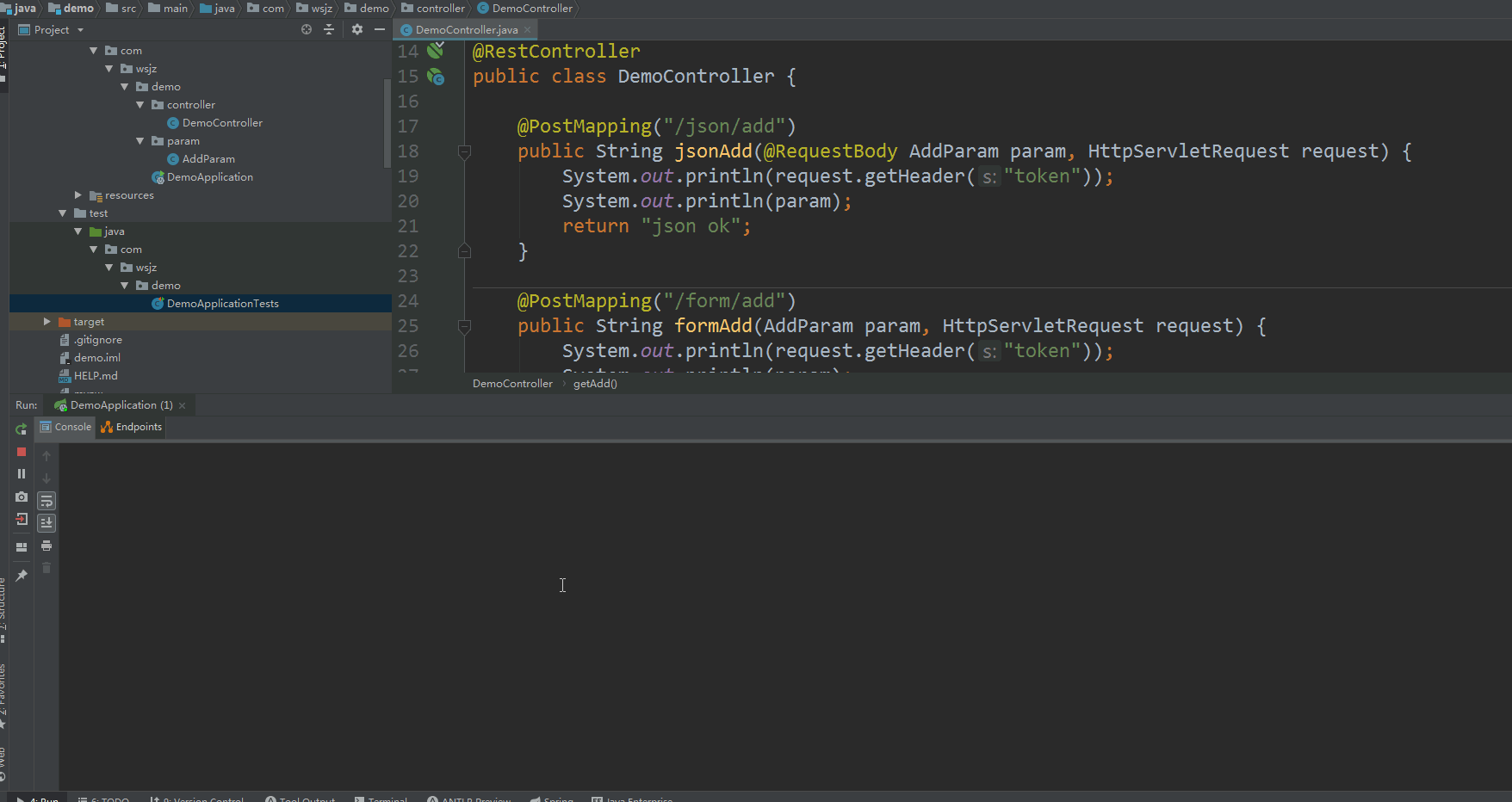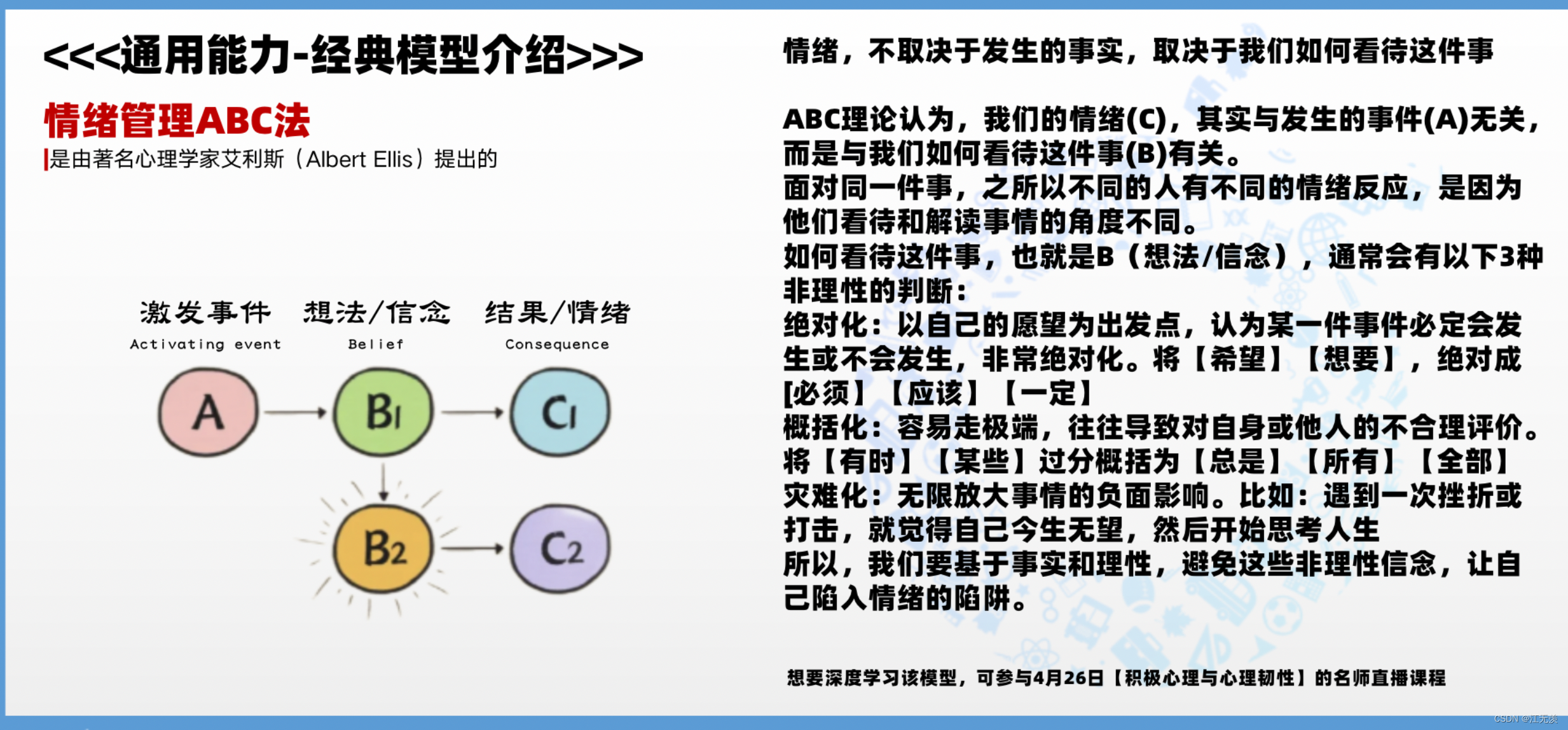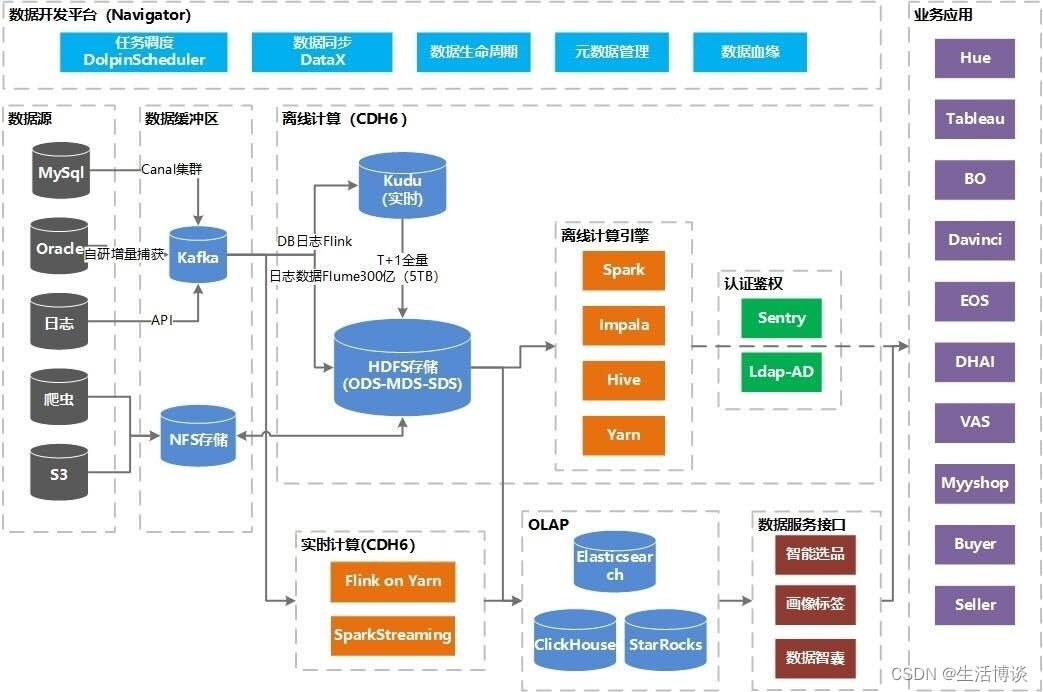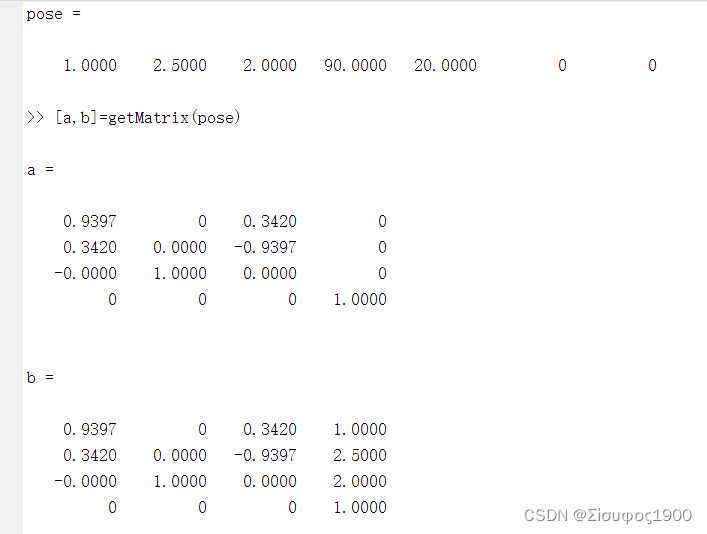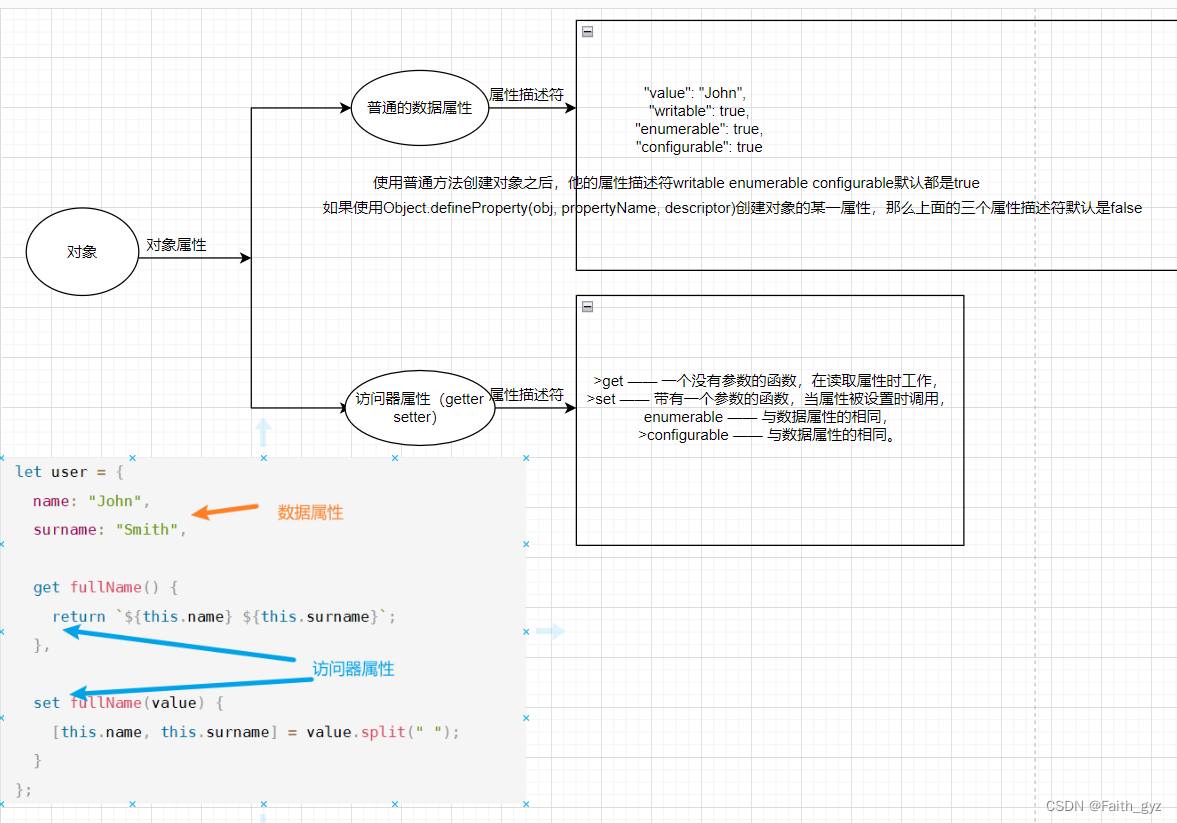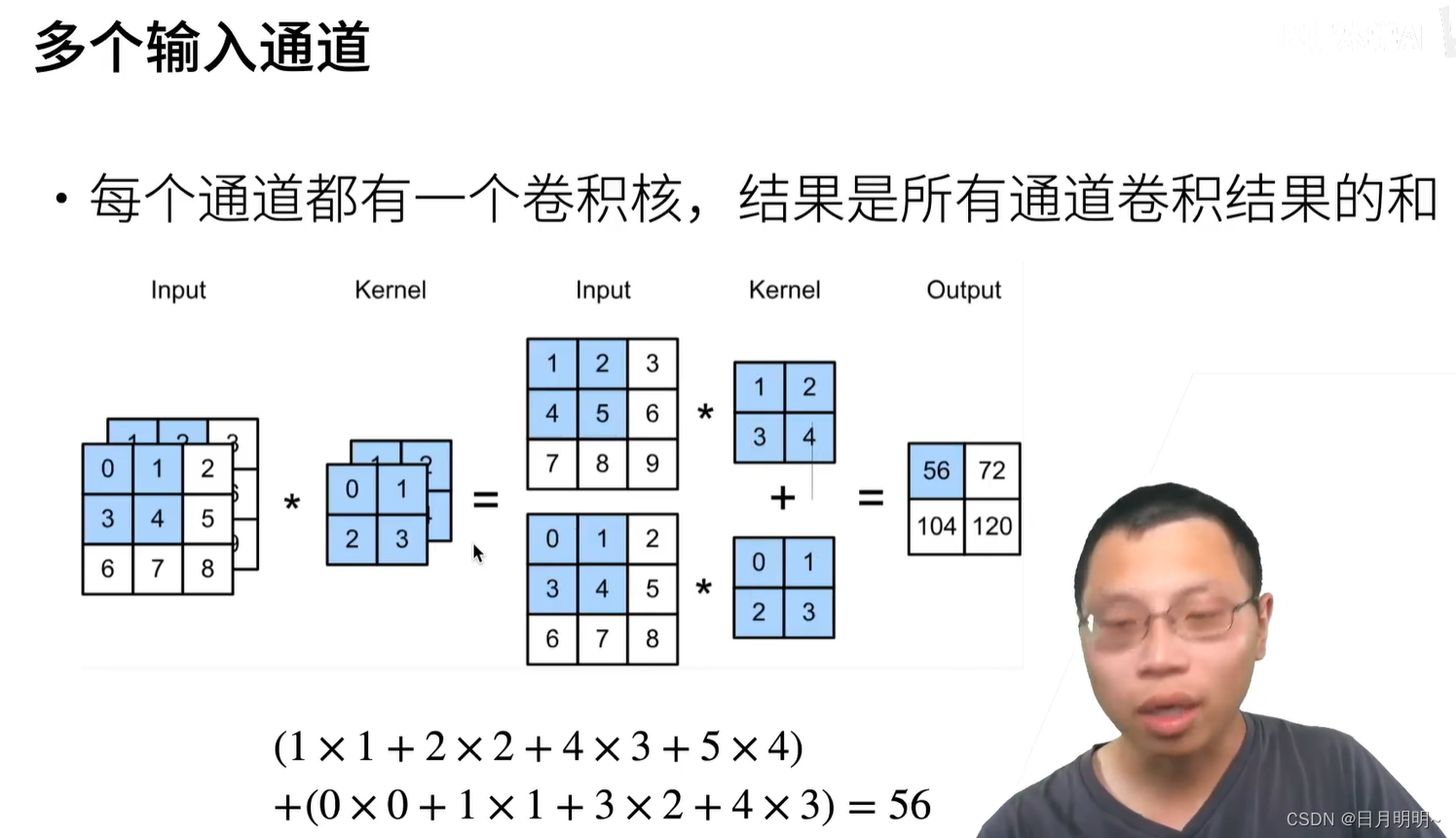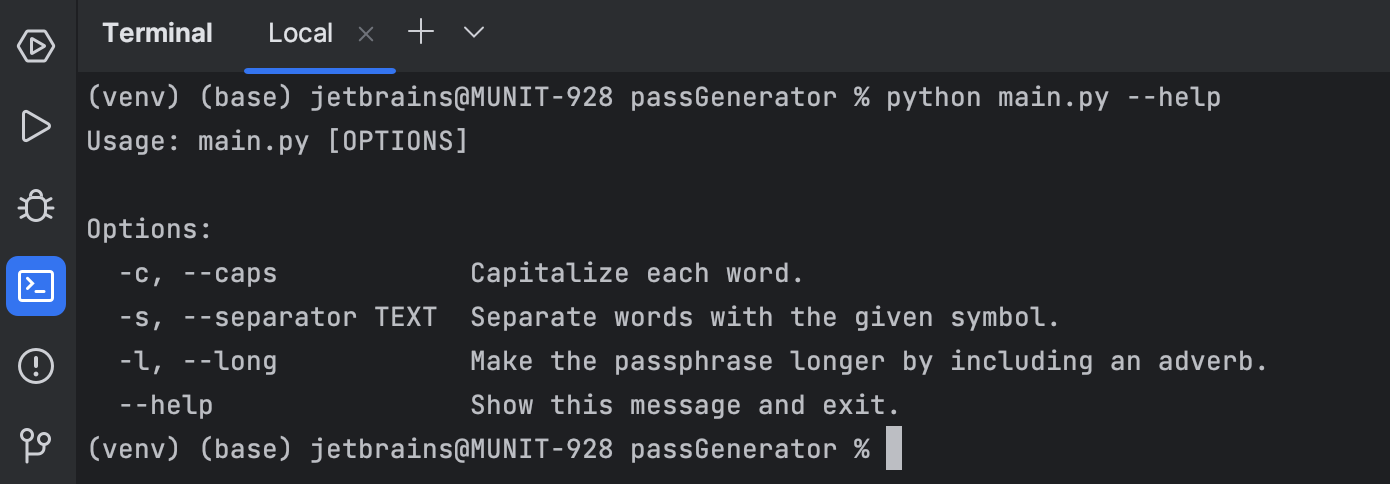以optimtool的算法为例来解释
在Python >3.7的编程环境下,按如下方式下载optimtool,一个基于符号微分与数值近似的优化方法库:
pip install optimtool --upgrade
pip install optimtool>=2.4.2
目前没有为目标函数中不可微项增加预处理近似,下文介绍了如何通过现有方法研究带不可微项的目标函数的极小值。
常见的不可微项的邻近算子举例
根据文再文的《最优化:建模、算法与理论》的解释,有如下范数或函数的邻近算子(常数 t > 0 t>0 t>0为正实数):
- L1范数:
h ( x ) = ∣ ∣ x ∣ ∣ 1 , p r o x t h ( x ) = s i g n ( x ) m a x { ∣ x ∣ − t , 0 } . h(x)=||x||_1,prox_{th}(x)=\mathrm{sign}(x)\mathrm{max}\{|x|-t,0\}. h(x)=∣∣x∣∣1,proxth(x)=sign(x)max{∣x∣−t,0}. - L2范数
h ( x ) = ∣ ∣ x ∣ ∣ 2 , p r o x t h ( x ) = ( 1 − t ∣ ∣ x ∣ ∣ 2 ) x , ∣ ∣ x ∣ ∣ 2 ≥ t 0 , 其他 h(x)=||x||_2,prox_{th}(x)=\begin{aligned} (1 - \frac{t}{||x||_2})x, ||x||_2 \geq t \\ 0, 其他 \end{aligned} h(x)=∣∣x∣∣2,proxth(x)=(1−∣∣x∣∣2t)x,∣∣x∣∣2≥t0,其他 - 二次函数(其中A对称正定)
h ( x ) = 1 2 x T A x + b T x + c , p r o x t h ( x ) = ( I + t A ) − 1 ( x − t b ) . h(x)=\frac{1}{2}x^TAx+b^Tx+c,prox_{th}(x)=(I+tA)^{-1}(x-tb). h(x)=21xTAx+bTx+c,proxth(x)=(I+tA)−1(x−tb). - 负自然对数的和
h ( x ) = − ∑ i = 1 n ln x i , p r o x t h ( x ) i = x i + x i 2 + 4 t 2 , i = 1 , 2 , . . . , n . h(x)=-\sum_{i=1}^{n} \ln x_i,prox_{th}(x)_i=\frac{x_i+\sqrt{x_i^2+4t}}{2},i=1,2,...,n. h(x)=−i=1∑nlnxi,proxth(x)i=2xi+xi2+4t,i=1,2,...,n.
以对数罚函数为例来解释算法设计
(对数罚函数)对不等式约束最优化问题,定义对数罚函数:
P
I
(
x
,
σ
)
=
f
(
x
)
−
σ
∑
i
∈
I
ln
(
−
c
i
(
x
)
)
P_I(x,\sigma)=f(x)-\sigma \sum_{i \in \mathcal{I}}\ln(-c_i(x))
PI(x,σ)=f(x)−σi∈I∑ln(−ci(x))
其中等式右端第二项称为惩罚项,
σ
>
0
\sigma>0
σ>0称为罚因子。

考虑下面这个优化问题(书中第309页):
min
x
2
+
2
x
y
+
y
2
+
2
x
−
2
y
s
.
t
.
x
≥
0
,
y
≥
0
\min x^2+2xy+y^2+2x-2y \\ \mathrm{s.t.} x \geq 0, y \geq 0
minx2+2xy+y2+2x−2ys.t.x≥0,y≥0
通过邻近算子近似的方法来求得目标函数的极小值:
import numpy as np
import sympy as sp
from optimtool._convert import f2m, a2m, p2t # (list or tuple) -> sympy.Matrix
from optimtool._utils import get_value, plot_iteration
DataType = np.float64
def neg_log(funcs,
sigma,
args,
x_0,
tk: float=0.02,
epsilon: float=1e-10,
k=0):
assert tk > 0
funcs, args, x_0 = f2m(funcs), a2m(args), p2t(x_0)
res, point = funcs.jacobian(args), []
while 1:
reps = dict(zip(args, x_0))
point.append(x_0)
grad = np.array(res.subs(reps)).astype(DataType)
x_0 = ((x_0 - tk * grad[0]) + np.sqrt((x_0 - tk * grad[0])**2 + 4 * tk * sigma)) / 2
k = k + 1
if np.linalg.norm(x_0 - point[k - 1]) < epsilon:
point.append(x_0)
break
return x_0, k
def penalty_interior_log(funcs,
args,
x_0,
draw: bool=True,
output_f: bool=False,
sigma: int=12,
p: float=0.6,
epsilon: float=1e-10,
k: int=0):
assert sigma > 0
assert p > 0
assert p < 1
funcs, args, x_0 = f2m(funcs), a2m(args), p2t(x_0)
point, f = [], [] # 中途点与中途值(由于高维的问题不方便绘制立体图,采用这种方案来反馈优化迭代信息。)
while 1:
point.append(np.array(x_0))
f.append(get_value(funcs, args, x_0))
x_0, _ = neg_log(funcs, sigma, args, tuple(x_0))
k = k + 1
sigma = p * sigma
if np.linalg.norm(x_0 - point[k - 1]) < epsilon:
point.append(np.array(x_0))
f.append(get_value(funcs, args, x_0))
break
plot_iteration(f, draw, "penalty_interior_log")
return (x_0, k, f) if output_f is True else (x_0, k)
示例与邻近算子的可行迭代方案
为了方便表示,我们令
x
=
x
1
x=x_1
x=x1,
y
=
x
2
y=x_2
y=x2,有:
min
x
1
2
+
2
x
1
x
2
+
x
2
2
+
2
x
1
−
2
x
2
s
.
t
.
−
x
1
≤
0
,
−
x
2
≤
0
\min x_1^2+2x_1x_2+x_2^2+2x_1-2x_2 \\ \mathrm{s.t.} -x_1 \leq 0, -x_2 \leq 0
minx12+2x1x2+x22+2x1−2x2s.t.−x1≤0,−x2≤0
令
y
1
=
−
(
−
x
1
)
y_1=-(-x_1)
y1=−(−x1),
y
2
=
−
(
−
x
2
)
y_2=-(-x_2)
y2=−(−x2),有:
y
1
=
x
1
,
y
2
=
x
2
y_1=x_1,y_2=x_2
y1=x1,y2=x2
即有方程:
min
y
1
2
+
2
y
1
y
2
+
y
2
2
+
2
y
1
−
2
y
2
s
.
t
.
y
1
≥
0
,
y
2
≥
0
\min y_1^2+2y_1y_2+y_2^2+2y_1-2y_2 \\ \mathrm{s.t.} y_1 \geq 0, y_2 \geq 0
miny12+2y1y2+y22+2y1−2y2s.t.y1≥0,y2≥0
构造如下:
x1, x2 = sp.symbols("x1 x2")
obf = x1**2 + 2*x1*x2 + x2**2 + 2*x1 - 2*x2
print(penalty_interior_log(obf, [x1, x2], (2, 3)))
相比需要修正无穷大值近似的matlab方法,这种方法更加的轻量且数值精度相当地高!!!
结果如下:
(array([0, 1]), 50)

其他不可微项的邻近算子可以通过模仿neg_log来写,例如L1范数的近似为:
x_0 = np.sign(x_0) * np.max(np.abs(x_0) - tk, 0)
L2范数的近似为:
norm = np.linalg.norm(x_0)
x_0 = (1 - tk / norm) * x_0 if norm > tk else 0
二次函数的近似为:
from optimtool._convert import h2h
A = np.array() # need to input: l*l
b = np.array() # need to input: l*1
ita = np.identity(l) + tk * A
ita = h2h(ita) # 可能需要修正矩阵
x_0 = np.linalg.inv(ita) * (x_0 - tk * b)
